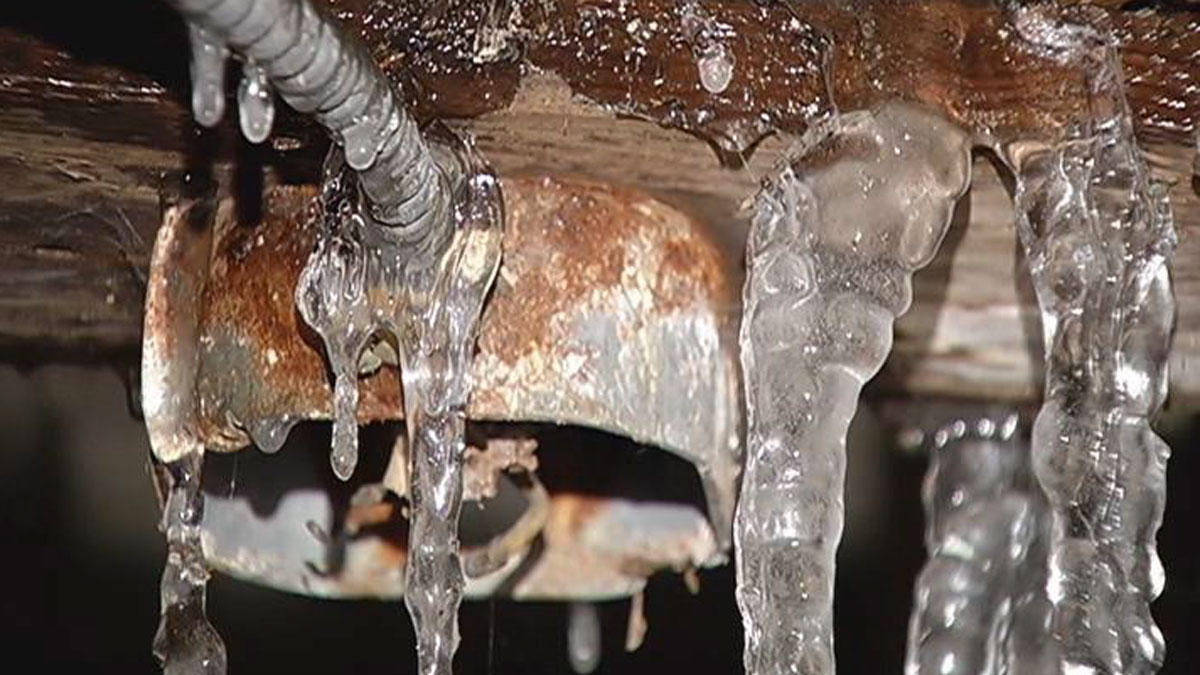Essential Tips to Prevent Frozen Pipes in Winter
Essential Tips to Prevent Frozen Pipes in Winter
Blog Article
We've encountered this great article about 6 Ways to Prevent Frozen Pipes down the page on the web and believe it made perfect sense to share it with you in this article.

Cold weather can wreak havoc on your pipes, especially by freezing pipelines. Below's exactly how to prevent it from taking place and what to do if it does.
Introduction
As temperature levels drop, the threat of icy pipes rises, potentially leading to expensive repairs and water damages. Recognizing just how to avoid icy pipes is vital for homeowners in cold environments.
Comprehending Frozen Pipelines
What creates pipes to ice up?
Pipes ice up when exposed to temperature levels listed below 32 ° F (0 ° C) for expanded durations. As water inside the pipes ices up, it broadens, taxing the pipeline walls and potentially causing them to rupture.
Dangers and damages
Frozen pipelines can result in water system interruptions, property damage, and expensive repair work. Burst pipelines can flood homes and cause extensive architectural damage.
Indications of Frozen Pipeline
Identifying icy pipes early can stop them from rupturing.
How to recognize frozen pipelines
Search for reduced water circulation from faucets, uncommon odors or sounds from pipes, and noticeable frost on exposed pipelines.
Avoidance Tips
Shielding vulnerable pipes
Wrap pipes in insulation sleeves or utilize warm tape to safeguard them from freezing temperatures. Focus on pipes in unheated or exterior areas of the home.
Heating methods
Keep indoor rooms adequately warmed, specifically locations with plumbing. Open closet doors to enable cozy air to distribute around pipes under sinks.
Shielding Outside Plumbing
Yard hose pipes and outdoor taps
Disconnect and drain pipes garden pipes before winter months. Mount frost-proof spigots or cover exterior faucets with protected caps.
What to Do If Your Pipelines Freeze
Immediate activities to take
If you think frozen pipes, maintain taps available to eliminate stress as the ice melts. Use a hairdryer or towels taken in hot water to thaw pipelines slowly.
Long-Term Solutions
Structural changes
Think about rerouting pipelines away from outside wall surfaces or unheated areas. Include extra insulation to attic rooms, basements, and crawl spaces.
Upgrading insulation
Buy premium insulation for pipelines, attics, and walls. Proper insulation assists keep consistent temperature levels and lowers the risk of frozen pipes.
Verdict
Avoiding icy pipes needs positive procedures and quick responses. By comprehending the causes, indications, and safety nets, homeowners can secure their pipes during cold weather.
5 Ways to Prevent Frozen Pipes
Drain Outdoor Faucets and Disconnect Hoses
First, close the shut-off valve that controls the flow of water in the pipe to your outdoor faucet. Then, head outside to disconnect and drain your hose and open the outdoor faucet to allow the water to completely drain out of the line. Turn off the faucet when done. Finally, head back to the shut-off valve and drain the remaining water inside the pipe into a bucket or container. Additionally, if you have a home irrigation system, you should consider hiring an expert to clear the system of water each year.
Insulate Pipes
One of the best and most cost-effective methods for preventing frozen water pipes is to wrap your pipes with insulation. This is especially important for areas in your home that aren’t exposed to heat, such as an attic. We suggest using foam sleeves, which can typically be found at your local hardware store.
Keep Heat Running at 65
Your pipes are located inside your walls, and the temperature there is much colder than the rest of the house. To prevent your pipes from freezing, The Insurance Information Institute suggests that you keep your home heated to at least 65 degrees, even when traveling. You may want to invest in smart devices that can keep an eye on the temperature in your home while you’re away.
Leave Water Dripping
Moving water — even a small trickle — can prevent ice from forming inside your pipes. When freezing temps are imminent, start a drip of water from all faucets that serve exposed pipes. Leaving a few faucets running will also help relieve pressure inside the pipes and help prevent a rupture if the water inside freezes.
Open Cupboard Doors
Warm your kitchen and bathroom pipes by opening cupboards and vanities. You should also leave your interior doors ajar to help warm air circulate evenly throughout your home.

I was shown that report on Winter Plumbing Precautions: Preventing Frozen Pipes from someone on our other web address. If you liked our page please don't forget to pass it around. We enjoy your readership.
Request Service Report this page